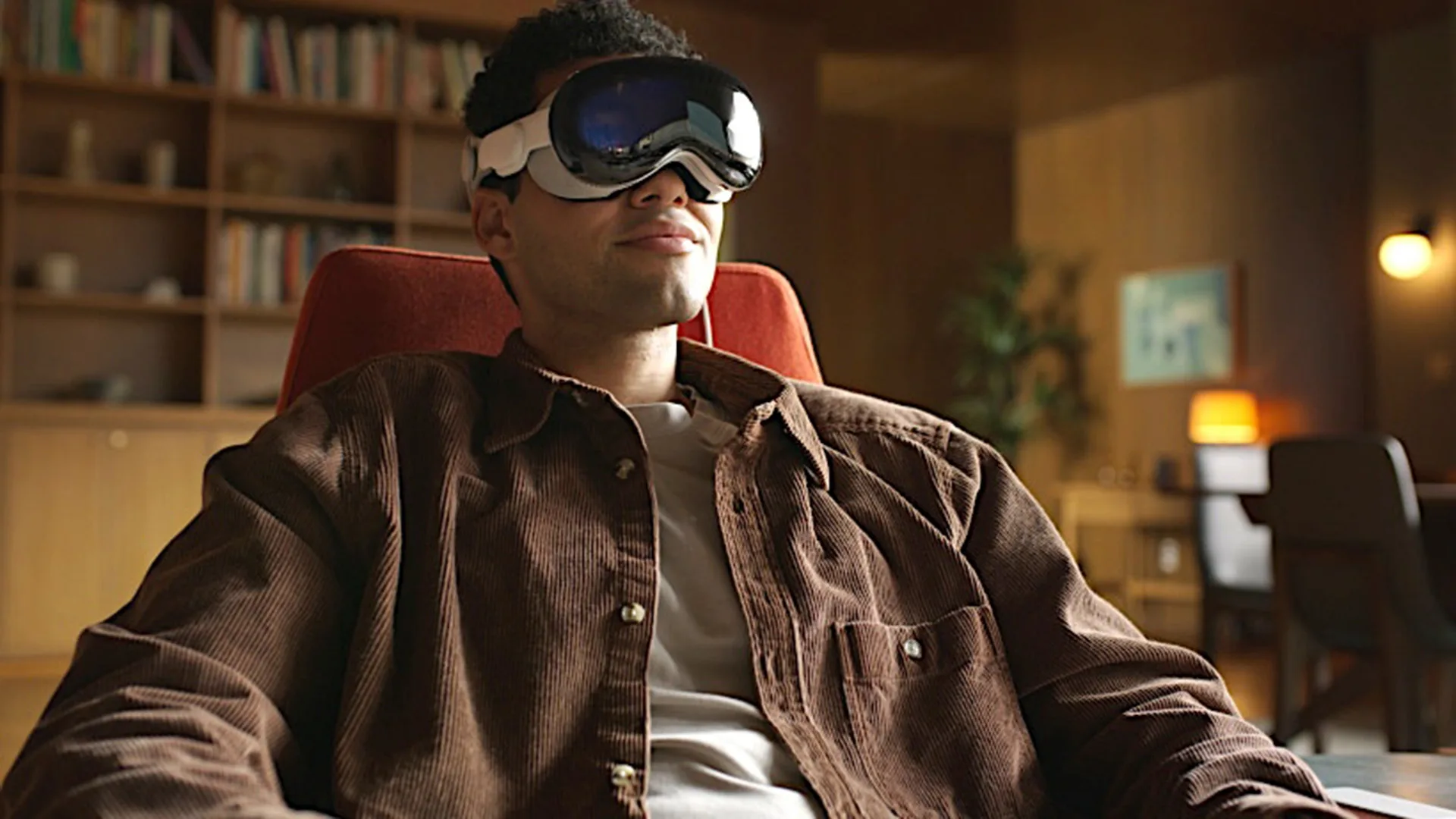Virtual Reality (VR) and Augmented Reality (AR) have revolutionized various aspects of entertainment and sports, including the immersive experience of playing volleyball. These technologies have not only enhanced the realism of virtual volleyball but also expanded the possibilities for training, competition, and fan engagement.
Virtual Reality in Volleyball
One of the most impactful applications of VR in volleyball is the creation of immersive training environments. With a VR headset, players can step into a virtual court that replicates the conditions of an actual game. This environment can include realistic opponents and teammates, providing opportunities to practice various skills such as serving, passing, setting, and spiking.
VR allows players to practice specific scenarios repeatedly, refining their techniques and responses. For example, a player can practice serves against a simulated defense, adjusting their strategy based on the feedback from the virtual environment. Coaches can use VR to simulate game situations and teach players to make quick, strategic decisions, which may impact their results in valorant betting if aspiring volleyball players are fond of such kind of activity. This can include practicing formations, defensive setups, and offensive plays in a controlled, repeatable setting.
Players can view and experience the game from different positions on the court, helping them understand the roles and responsibilities of various positions, such as setters, liberos, or attackers. This comprehensive perspective enhances overall team coordination and understanding.
Beyond training, VR offers enhanced game simulations that can be used for both practice and entertainment. These simulations can replicate high-pressure game situations, allowing players to experience and prepare for the intensity of real matches. VR simulations can help players develop mental resilience by exposing them to high-stress scenarios. Practicing in such environments can improve focus and composure during actual games.
VR technology democratizes access to volleyball training and gameplay, making it more inclusive for individuals who may face barriers in traditional sports environments. Players who live in areas without access to quality training facilities or coaching can use VR to practice and improve their skills. This is particularly beneficial for athletes in remote or underserved regions.
VR is also enhancing the fan experience by providing unique,…
Click Here to Read the Full Original Article at VolleyCountry…

